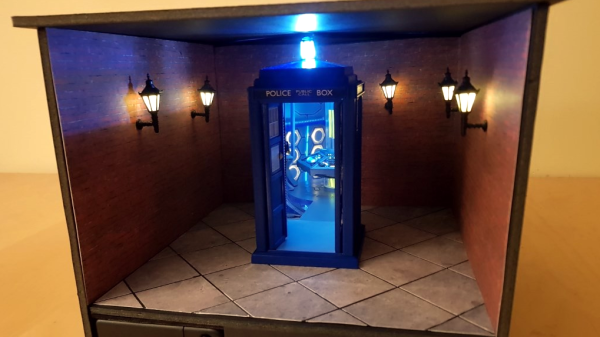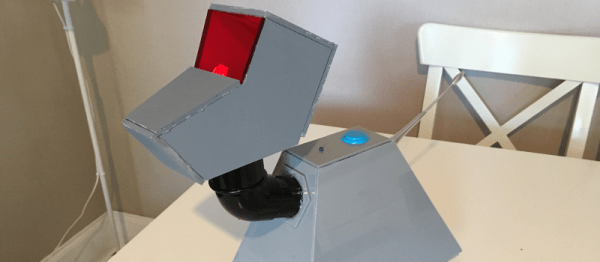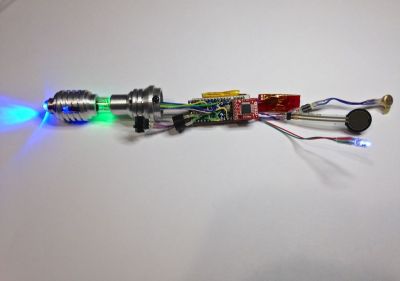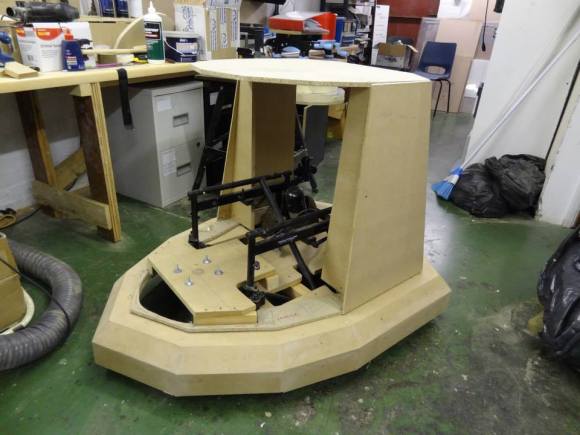There’s the R2 Builders Club, hundreds of people are building BB-8, but there are a few robots that don’t get enough love from the amateur propsmiths. [Kenneth] just finished up his build of Crow from MST3K. He built Tom Servo a year or so ago and K-9 from Doctor Who. The beautiful thing about building MST3K robots and Doctor Who props is that you’re probably working with a larger budget than the prop department had.
Heathkit’s new website is up. The two products we know about so far – an AM radio kit and a slim jim antenna – can only be described as, ‘meh.’ Still, there are a few upgrades for old kits available and the requisite amount of nostalgia.
On today’s issue of, ‘should not be attempted by anyone, ever, under any circumstance’ here’s how to build a table saw at home. Yes, it’s a table saw built from a piece of aluminum, styrofoam, hot glue, and a shoe box. The guy really botched it by not going for the zero clearance insert here, but at least the fence is only a few dozen degrees off parallel with the blade.
[Mathieu] is working on a Mooltipass Mini. It’s tiny and the scroll wheel thingy makes things fun.
March 18th through March 20th is the Midwest RepRap Festival in Goshen, Indiana. This is, by far, the best conference, meetup, or festival we go to year after year. We’ll have a few members of the Hackaday crew at the event, and rumor has it the Internet has made it to Indiana this year.
Adafruit got a writeup in the New Yorker. The article is technically about the art of PCB design, but as with most general interest pieces on electronics it is awash in non sequiturs and simply defining the terminology.
[Oscar] built a miniature replica of a blinkenlight computer last year for the Hackaday Prize. This was the PiDP-8/I. While it looks awesome, the PDP-8/I is inherently limited. [Oscar] has his design methodology down, and now he’s working on a miniature replica of the king of the PDPs. It’s the PiDP-11/27. It’s just a prototype and render now, but the finished project will have custom switches, a handsome bezel, and will be much more capable.
MAME is now FOSS. That’s great news, but think about the amount of work that went into making this happen. MAME is 19 years old, and that means everyone who has contributed to the project over the years needed to sign off on this initiative.






 Many weekends later [Sam] and his dad finished the body of the screwdriver and started work on the electronics. To keep it simple they used an Arduino Pro Mini 5V with a Sparkfun OpenLog to record all the data — and a handful of sensors of course!
Many weekends later [Sam] and his dad finished the body of the screwdriver and started work on the electronics. To keep it simple they used an Arduino Pro Mini 5V with a Sparkfun OpenLog to record all the data — and a handful of sensors of course!











